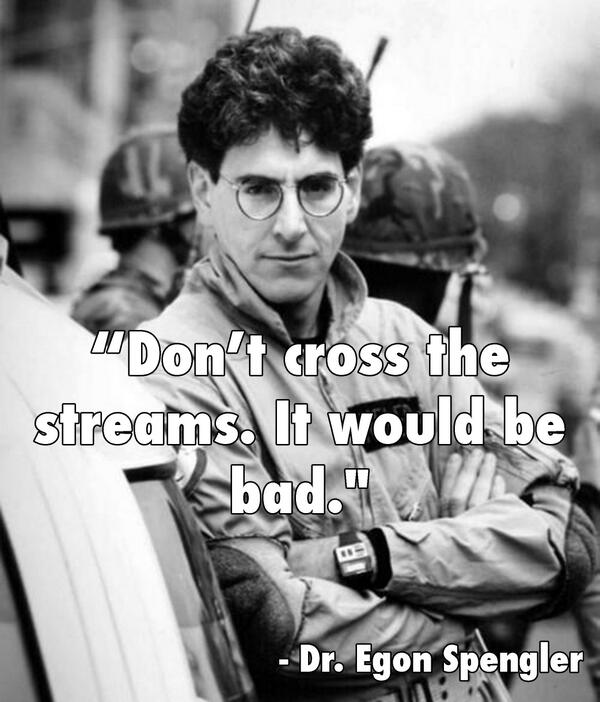
It has never been easier to follow basketball in Europe but there’s still a long road to go. Emmet Ryan explains why this is about more than just the uber geeks.
College football in the United States used to be immensely regional. Rivalries remain so but the national picture is relevant throughout the full year, including the off-season. Winning a national championship matters far more in the modern era largely because of television. Fans in Louisiana used to not care about what happened in California because they had no means to engage. College football wasn’t national even though it was played everywhere.
In Europe that story has played out with association football. Aside from the English league, mass coverage of the game in another nation was an exotic entity. Football Italia brought a culture shock to British and Irish viewers in the early 1990s. We had our national leagues, our local stories, but our connection to each other was limited to the meetings of the giants midweek in Europe, often with weeks passing by in between. That boundary being crossed has led to multiple national leagues, not just from Europe, dominating sports channels every weekend.
Even with the increase in channels all craving for content, that has put the squeeze on other sports for prime slots. As British and Irish viewers found out, the Europa League will always trump March Madness for our native broadcasters.
The European coming together in basketball, where naturally we prioritise our own team but will watch a game if it’s on, has to happen online. That’s where the conversation is in the first place. Euroleague has brought the story forward a bit but think back to the Copa del Rey for where the potential was being lost. I watched the Copa del Rey on highly unreliable streams that were super illegal. The option to watch legally didn’t exist in my territory and the same goes for so many across Europe. The best teams can only be watched when they come out to play at the top level but even then there are limits. Eurocup, a massively under-rated competition which could be pushed heavily lacks the online punch to keep eyeballs. It’s off in the ether of a mixed bag of packages. FIBA’s Eurochallenge has been smart enough to steal a march here as despite being a clearly inferior competition, has embraced YouTube with open arms.
The leagues that are playing smart are taking the ball and running hard with it. The argument for best league in Europe is a dull debate, the argument for easiest league to follow with high quality broadcasts is an open and shut case. The Bundesliga delivers an online package that crushes all and sundry, with HD streaming available for just €5 a month on the Laola1 package, one that includes Baltic league, Lithuanian league, and Greek league games albeit in far smaller numbers than the German top flight. By paying that fiver, I know I’m getting a bunch of content that I can watch on my actual television because TVs and the internet are friendly now, or worst case I use a HDMI cable, and it’s fantastic. The VTB League, which gets a solid kicking from plenty on basketball Twitter, has delivered a solid package for free while Finland’s Koriisliga is a little on the expensive side but drowning in content.
Yet look at who is lagging behind. The ACB, with a heavy top end in terms of quality and the most popular cup week in Europe, eschews international streaming. So too the ABA Liga, the league with the most prospects per capita bar none is near impossible for fans in the US to follow. That’s just barmy. The big surprise however is the Turkish league. This is a league that has a strong top end and appears to be on an upward trajectory. It’s the type of league where it’s a no-brainer to open up more to international viewers.
This isn’t exactly a new cause for BiE. The increased access to games has been a stick I’ve beaten European leagues with since taking over from Os Davis as editor in September 2013. It’s about more than geeks like me, it’s about understanding that there are multiple kinds of fans who engage in wildly different ways.
Every service that has found people viewing its content illegally online and subsequently offered a legal paid alternative has seen oodles of previous pirate viewers jumping on the paid services. It’s not that we are stingy, it’s that we had no other options. Heck, I’m listening to Spotify premium on my plane while I write this.
The casual fan is often the most hyped up market, the type of viewer who tunes in just for the Final Four. They are great for short-term numbers but that’s not where the money is. The casual hoop head, the fan who puts basketball at the top or close to the top of their personal priority, is the under-tapped market.
These are the type of fans who will come home from work a little tired or get up at the weekend at little hungover and just be happy to watch a game, any game. If a service that gives them broad access is there and reasonably priced, they will go for it. They may put Fenerbahce first are be all about Alba but at the end of the day, if their team isn’t playing and they don’t have to fight over what to watch, they will flip on a game. The more territories you reach with a service for these fans, the greater the cash injection.
And to come back to the core point that makes increased streaming a smart play, it’s incredibly cost-effective. The operational costs are such that it should be a case where league commissioners and chief executives are asking their IT heads why they aren’t streaming rather than waiting for a geek to pitch it.




Leave a Reply